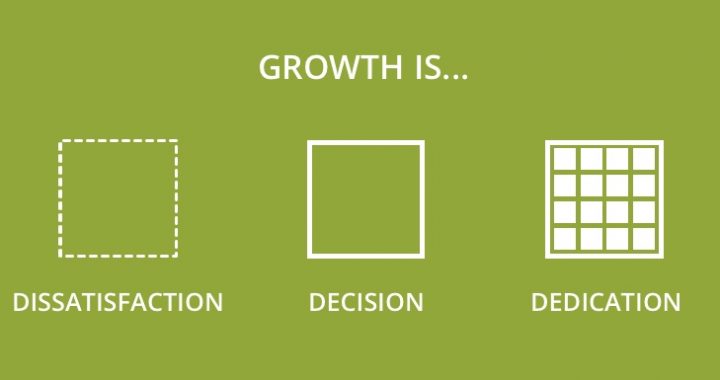“I love talking about money with my family!” said no one ever.
Most of us will agree that there is more to life than money, but regardless, it’s very important for most of us — especially when we feel like we do not have enough. Money can become a consuming focus that leaves us feeling powerless and sometimes even worthless.
Talking about money is a helpful way to regain our sense of power and remind ourselves that our worth is comprised of much more than our bank balance. If you’re in a relationship, start talking about money with your partner as soon as possible to ensure that your different attitudes and approaches are not a deal-breaker for either of you.
One of the reasons why it’s so important to be able to talk about our thoughts and feelings around money openly is because it’s linked to so many perceptions of value and what we deem to be fair. All of us (ashamedly or otherwise) have an amount of money, or a lifestyle, that we think is either beneath or above us. Whilst we can generally overlook this in the company of others and look past it to form friendships and connections, it can become challenging and complicated when it’s close to home.
In an intimate or family relationship, we might feel like others don’t pull their weight, or we might feel like we’re not doing as much, and it’s unfair. Talking calmly and rationally about money can avoid this type of problem.
Open conversations can also help us understand different perspectives and realise that we may need an objective point of view to get good advice about our financial situation. Financial planners are used to discussing money, and we are not embarrassed by it.
At the end of the day, it is okay to explain how we feel about money and be concerned about the possible consequences of our situation — but ultimately, we need action, not emotion.
We need to talk and work through the emotions to achieve productive and positive action.
Here are some ways to begin talking about money:
- I’d like to talk to you about something I think would help us reach our goals more effectively.
- I want to speak with you about […], but first, I’d like to get your point of view.
- I need your help with what just happened. Do you have a few minutes to talk?
- I think we have different ideas about […], and I’d like to hear your thoughts on this.
Talking about money will always be challenging, but we must start somewhere. If you’d like help with this, please feel free to reach out.









